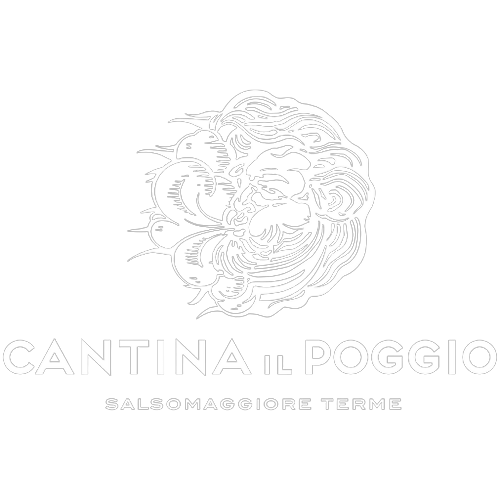How to invest in wine? Start from the basics!
How to invest in wine? Start from the basics!
How much are you willing to spend on a bottle of wine? Are you even willing to invest in it? You might be surprised, but in 2022 it was more profitable to invest in so-called fine wines rather than in the stock market.
Investing in wine is apparently much more profitable and secure than investing in properties, could you believe it? Let’s delve deeper into the topic and at the end, you can draw your most skeptical conclusions.
 A bottle of wine is not only a luxury item, but its value lasts over time, even in periods of high inflation, and it can double or triple its price in ten or more years. During the last year, according to Liv-ex (the London-based wine exchange), fine wines have far outperformed traditional stock market equities, thanks to well-known labels such as those from Burgundy and Champagne.
A bottle of wine is not only a luxury item, but its value lasts over time, even in periods of high inflation, and it can double or triple its price in ten or more years. During the last year, according to Liv-ex (the London-based wine exchange), fine wines have far outperformed traditional stock market equities, thanks to well-known labels such as those from Burgundy and Champagne.
Italy, which has super passionate collectors and the most important wine cellars in the world, possesses 16% of the international market.
How safe is it to invest in wine?
In February 2020 there was a 30% drop in the markets (due to the covid19), but Liv-ex Mid Price only fell by 4%.
Since the beginning of the twenty-first century, there has been a growth of +198%.
Wine is a product that improves over time and is actually consumed, so certain vintages are more difficult to find, which makes it highly appealing to great collectors.
But don’t rush: on an initial investment of 10,000 dollars (which is considered the minimum amount for starting), it will take at least 5 years to see the first doubling of the capital.
It may be a cliché, but the older the wine, the better it is, and so it works for its investment.
How does wine investment work?
There is certainly an initial consultancy phase: it is very important to rely on experts, who are specialized specifically in fine wines investments.
After that, there is the phase of purchasing and storing bottles. According to the experts, the bottles are stored in secure warehouses, respecting the required standards (temperature control, light, etc.).
In the meantime, time passes and the wine improves: during this third phase, the investor must “forget” about the investment itself and just wait.
At the end, either the bottle is opened or it is put back on the market at a significantly higher price.
What are the best wines to invest in?
A fine wine must have:
- history and prestige
- high scores from top critics (at least 90/100)
- high demand on the market
Currently, the great French names (Bordeaux, Burgundy, Rhone, and Champagne), some Spanish wines, and the classic Italian labels from Tuscany, Piedmont and Veneto meet these criteria. Internationally, bottles from California and Chile are the most highly rated.
What are the risks involved in investing in fine wines?
The main risks when investing in wines are not relying on consultants, excessively high prices, and above all, improper storage that could damage the product. However, it is a growing market, with constant production and high demand that deserves at least to be known.
In support of this thesis is the fact that wine is the perfect investment because the risk is significantly lower than stock market investments, as well as much more stable: since 2004, investments in Burgundy wines have seen a return of +803% and Champagne +634%; in comparison, the stock market has seen a +325% return.
This is how, in just a few decades, wine becomes increasingly in demand and acquires an invaluable, relatively secure, and highly profitable value. And what about you? Did you know about the world of wine investments? If you’re already familiar with this type of industry, share your experience in the comments section down below.




Etta
Wow, wonderful blog layout! How lengthy have you been blogging for? you made running a blog look easy. The entire glance of your web site is wonderful, as smartly as the content! You can see similar here sklep internetowy